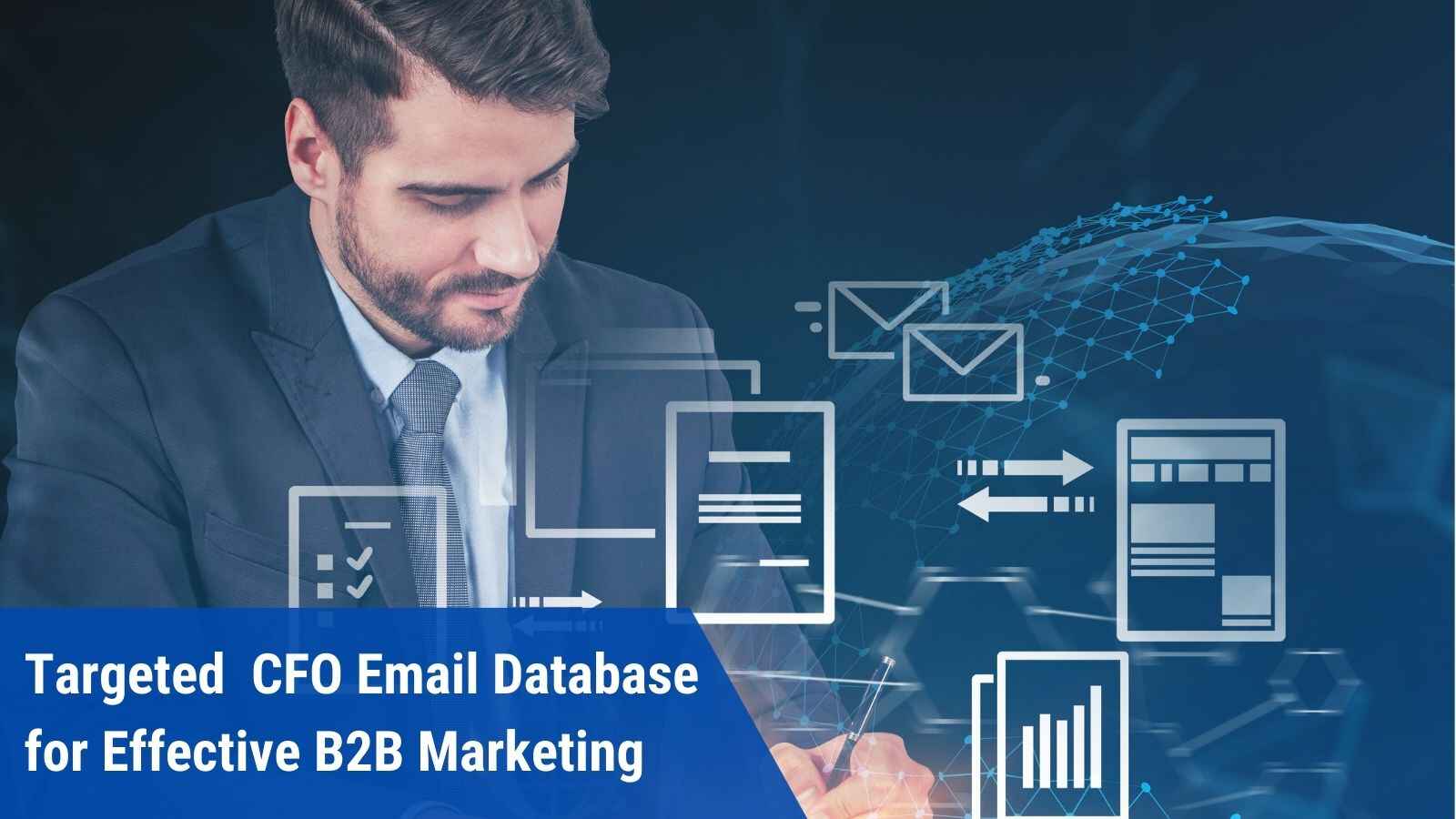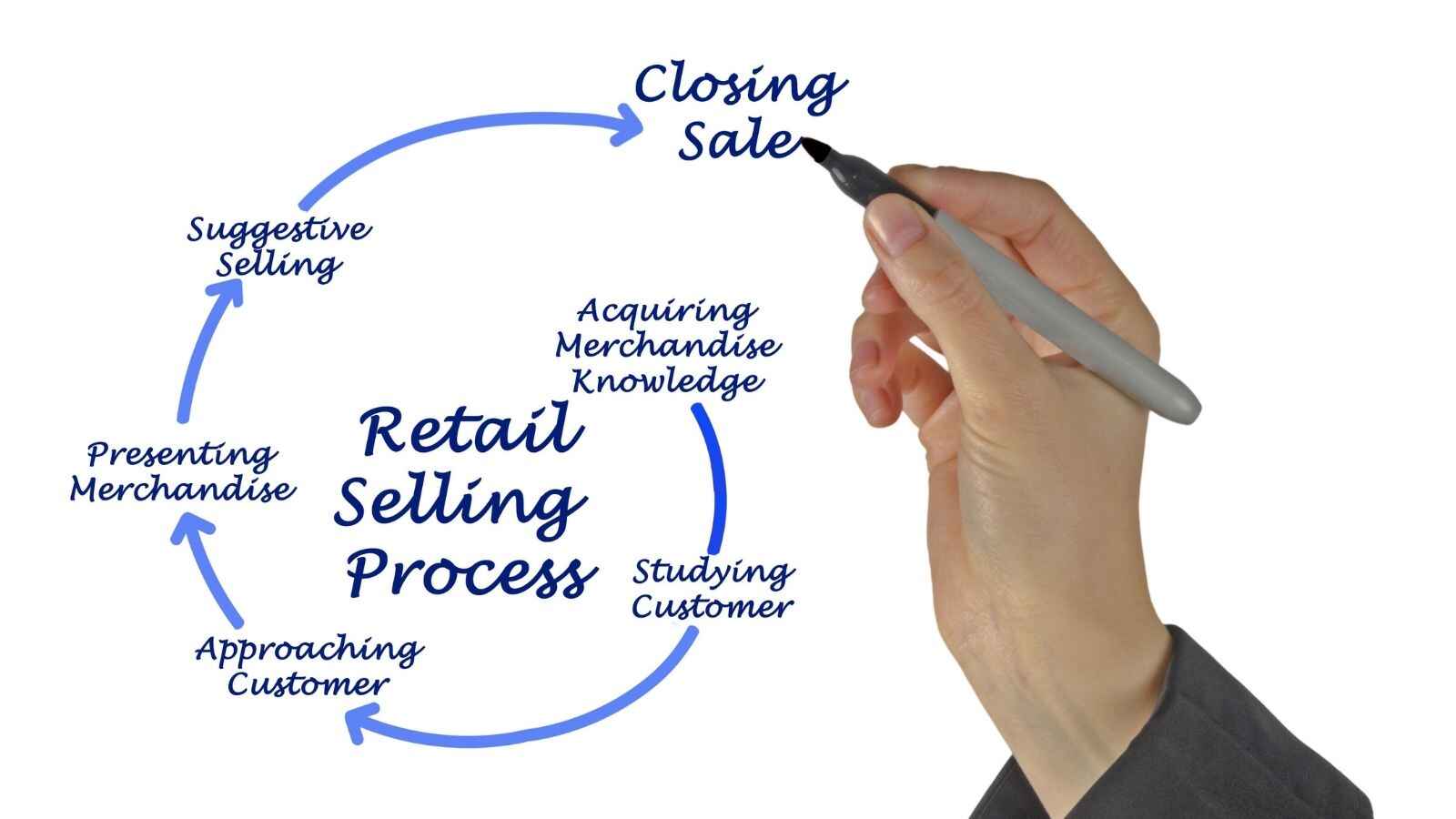In the world of B2B sales, connecting with the big shots, the C-Level executives, is a bit like climbing a mountain. They're the ones with the final say in business decisions.

In the world of B2B sales, connecting with the big shots, the C-Level executives, is a bit like climbing a mountain. They're the ones with the final say in business decisions.

Unfortunately, it's not easy to get their attention. They are individuals with packed schedules, a barrage of sales presentations, and a deluge of emails inundating their inboxes. Winning over C-level business decision-makers can often be a daunting task, resulting in failures many a time. So, it becomes imperative to craft a robust strategy for engaging with and selling to these influential individuals.
However, Before we delve into the strategies, let's first get to know who these C-Level executives are and what they do in their positions.

C-level executives within any organization occupy a distinct and pivotal role as they are the ones with the power to make purchasing decisions. These executives, often referred to as the top brass, encompass positions such as Chief Executive Officers (CEOs), Chief Financial Officers (CFOs), Chief Marketing Officers (CMOs), and Chief Information Officers (CIOs). Naturally, they wield significant influence in shaping the company's buying choices. Hence, it's vital to establish effective communication with them, earn their trust, and gain their approval. By doing so, you can make a substantial impact on your organization's success.
However, the roles and responsibilities of C-level executives vary depending on their titles. For instance, CEOs oversee overall organizational operations, while CTOs manage technology-related processes aligned with business goals. On the other hand, CFOs are tasked with safeguarding the company's financial health. Their role involves intricate analysis of long-term financial goals to ensure the company's prosperity.
Convincing CFOs can be particularly challenging compared to other C-level executives because they hold a keen eye on risk factors and cost considerations. To alleviate this challenge in marketing and selling to CFOs, we've compiled a robust list of tactics that you should not miss.
It's crystal clear that targeting CFOs is the golden ticket to B2B sales success. However, reaching and engaging these hardworking executives can be quite the puzzle. In this section, we will dive into tried-and-true strategies for establishing connections with CFOs. We'll also shed light on commonly underestimated aspects of outreach. So, let’s get started!
Before you reach out to CFOs, address these fundamental concerns first.

Conducting thorough research is key to comprehending their objectives, obstacles, and areas of concern, alongside their professional background and personal preferences. Utilize diverse sources, including LinkedIn, company websites, and industry publications. Keep an eye out for recent news or industry events pertinent to the executive's organization. Demonstrating that you've done your homework and grasp the executive's context will heighten your chances of success.
Do you believe CFOs will respond to your emails if they haven't subscribed to your content?
CFOs are undoubtedly busy professionals, and in their packed schedules, they're unlikely to spare time for unsolicited messages. This is where the importance of an email list becomes evident. An email list is a curated database of precisely targeted prospects who have willingly opted to receive your content, specifically tailored for CFOs. This opt-in approach ensures that your messages reach the right audience who is genuinely interested in what you have to offer, making your outreach more effective and respectful of their valuable time.

Now, you face a choice between two options: either crafting your very own CFO email list or reaching out to a data provider. Both avenues come with their own set of pros and cons, but the decision ultimately hinges on your campaign's specific needs.
Opting to build your list demands a substantial investment of time and resources. Conversely, purchasing a list grants you rapid access to a customized roster of CFO prospects. However, it's essential to note that when you build your list from scratch, you forge a more intimate connection with your audience, which might be missing when you opt for the immediate solution of purchasing a list.
Nonetheless, it is without a doubt that owning an opt-in email list of CFOs guarantees a faster response rate, conversion rate, and greater deliverability.
Ask yourself some questions –

Networking plays a significant role in establishing connections with C-level executives. Participation in industry events, conferences, and active involvement in online communities frequented by decision-makers are essential. A long-term perspective should guide your networking efforts, prioritizing relationship-building over quick deal closures. Building a reputation as a knowledgeable and dependable resource will significantly enhance your prospects for success.

Value creation lies in the ability of top-tier marketers to develop a deep understanding of both the business and customer landscape. Their aim is to generate value for customers and the organization as a whole. To truly embody the role of a value creator, it's crucial to look beyond short-term goals, such as acquiring leads for the current quarter or executing marketing campaigns for the year. Rather than merely churning out more content, value creators comprehend the entire customer journey and actively contribute to their company's efforts to validate, establish a foothold in, and excel in markets.
These exceptional marketers are data-driven, relying on analytics and modeling to drive innovation in the market, customer experience, and product offerings. They also play a pivotal role in making strategic decisions to stay competitive in the ever-evolving business landscape./p>
Engaging with gatekeepers, such as executive assistants and administrative staff, holds significant importance when trying to reach C-level executives such as CFOs. These gatekeepers often act as the first line of defense for busy decision-makers and can serve as valuable allies in making connections. Treating gatekeepers respectfully and professionally while expressing appreciation for their assistance is key. Building strong relationships with these gatekeepers will enhance your chances of successfully connecting with Chief financial officers.

Collaborate with others to establish a set of metrics that evaluate the performance of marketing investments. Regardless of the specific measures and metrics you opt for, they should collectively create what we refer to as a "metrics chain." This chain should connect the outcomes of marketing efforts, including factors like response rates, sentiment, referrals, and the generation of new qualified opportunities, with significant business outcomes like customer acquisition rate, increased share of wallet, customer retention, and overarching achievements such as customer lifetime value, market dominance, and market share.
By understanding which metrics hold the most significance, you can enhance your proficiency in marketing planning and forecasting. Prioritize metrics that not only inform you about what's effective but also substantiate marketing's worth to the organization. The objective is to select metrics that guide investment decisions and facilitate necessary adjustments in strategy rather than focusing on metrics that are straightforward to collect but lack real significance.
To sum it up, email marketing entails sending personalized and targeted emails to a list of subscribers. In the realm of B2B sales, this strategy proves highly effective in reaching C-level decision-makers who contend with a daily barrage of emails. By customizing your messages to align with their specific needs and interests and by creating captivating subject lines and compelling calls to action, you can effectively engage these busy executives and drive positive outcomes for your business.

What's even more critical now, having grasped the significance of building an email list, as discussed earlier, is that you can maximize the potential of email marketing. This way, you can secure leads that might otherwise go untouched.
C-level executives seek out experts in their field, so it's crucial to showcase your expertise. This can be done by sharing case studies, success stories, industry insights, testimonials, and data-driven metrics. These materials help you prove the concrete benefits of your product or service, making your value undeniable. Additionally, staying updated on industry trends, participating in networking events, and showcasing relevant certifications further solidify your status as a knowledgeable resource and a trusted partner in the eyes of these decision-makers.
As we've explored before, the field of B2B sales to C-Level decision-makers presents distinctive hurdles and possibilities. To tackle these challenges effectively, employing a consultative selling approach is a key strategy.

A consultative approach to selling is a sales methodology that focuses on understanding the unique needs, challenges, and goals of a customer or prospect and providing tailored solutions based on this understanding. Instead of simply pushing a product or service, a salesperson employing a consultative approach acts as a trusted advisor, actively listening to the customer, asking probing questions, and offering personalized recommendations.

Context: In marketing, the initial and crucial step is to grasp the distinct context of each prospect. This involves thorough research into the company, its industry, and the specific executives you aim to engage with.
Consider this - What are their pain points? What objectives are they striving to achieve? What prevailing industry trends and challenges are impacting their business? By discerning the precise challenges faced by each prospect, you can effectively position your product or service as the optimal solution to address their unique needs.
Content: After acquiring a robust understanding of your client's context, the next step is content creation. This involves crafting a personalized pitch that directly addresses their unique requirements and concerns. However, the approach is not about merely promoting your product; it's about offering pertinent insights and showcasing thought leadership that underscores your expertise and delivers value to the client. This can encompass sharing case studies, white papers, or industry reports that vividly demonstrate your comprehension of their challenges and your capacity to deliver effective solutions.
Contact: Finally, it's essential to cultivate robust relationships with key contacts, particularly C-suite executives. This involves forming a profound comprehension of the prospect's organization and identifying the individuals who hold significant sway in the purchasing decision-making process. The emphasis is on fostering a strong rapport through active listening, demonstrating empathy toward their challenges, and providing tailored solutions that genuinely align with their requirements.
Gaining access to and successfully selling to CFOs often poses a formidable challenge for B2B sales professionals. Nevertheless, effective engagement with these key decision-makers is vital for business success. To accomplish this, one must adopt a comprehensive approach.
With the strategies and insights discussed, you should now feel well-prepared and confident in your capacity to connect effectively with CFOs. These approaches, rooted in understanding their unique needs, embracing a consultative selling approach, and building relationships, are valuable assets in navigating the challenges and opportunities presented by C-level executives. By putting these principles into practice, you're better equipped to make meaningful connections and achieve success in your endeavors.